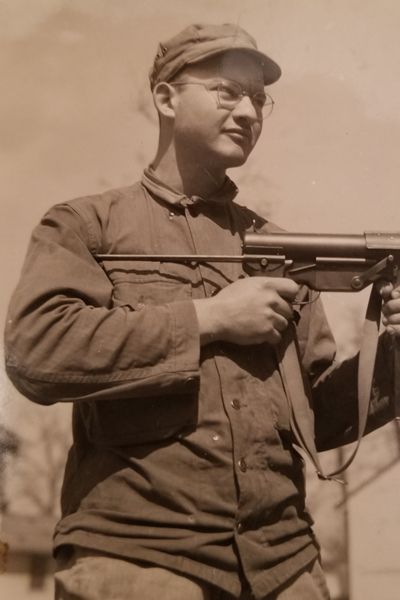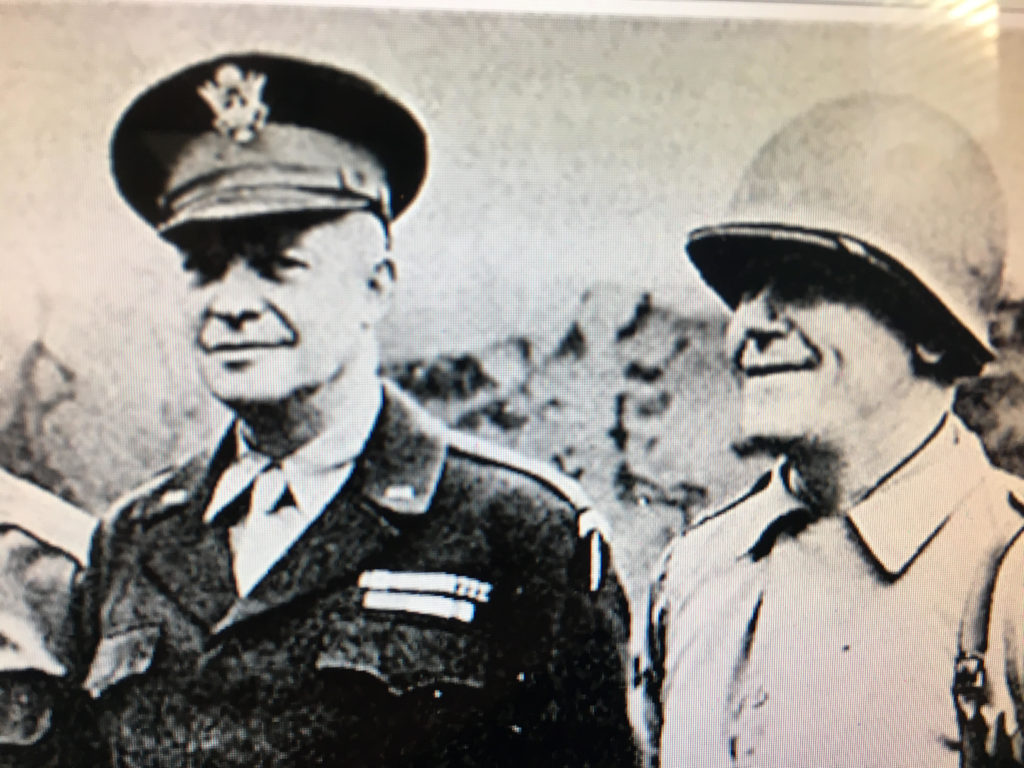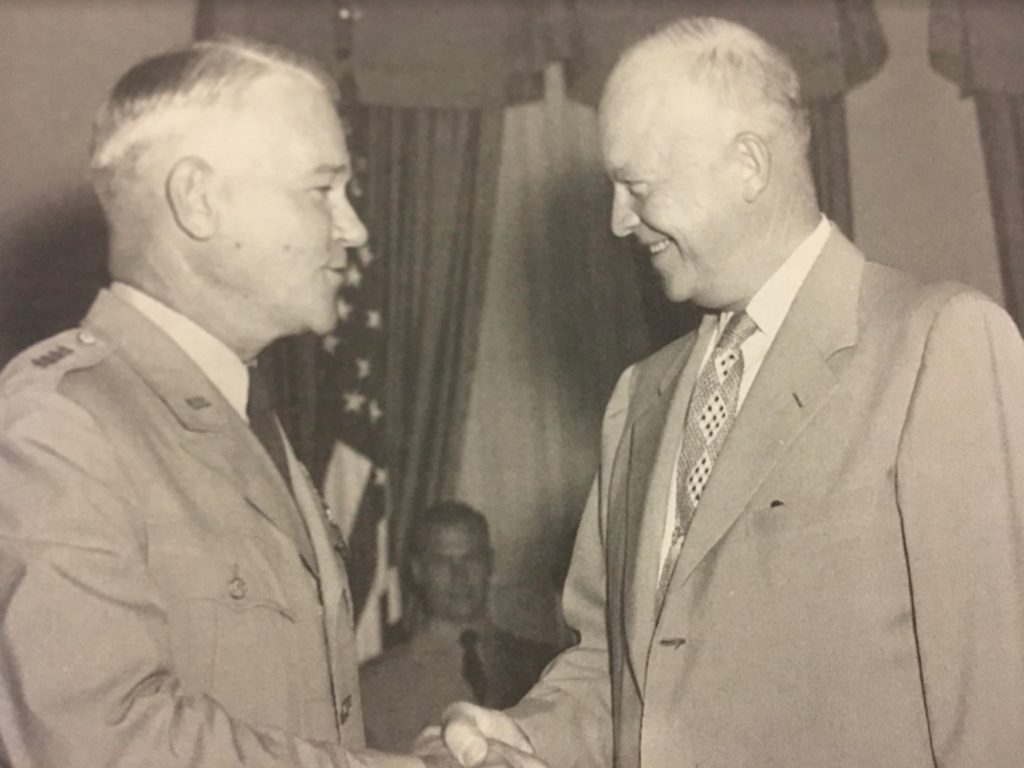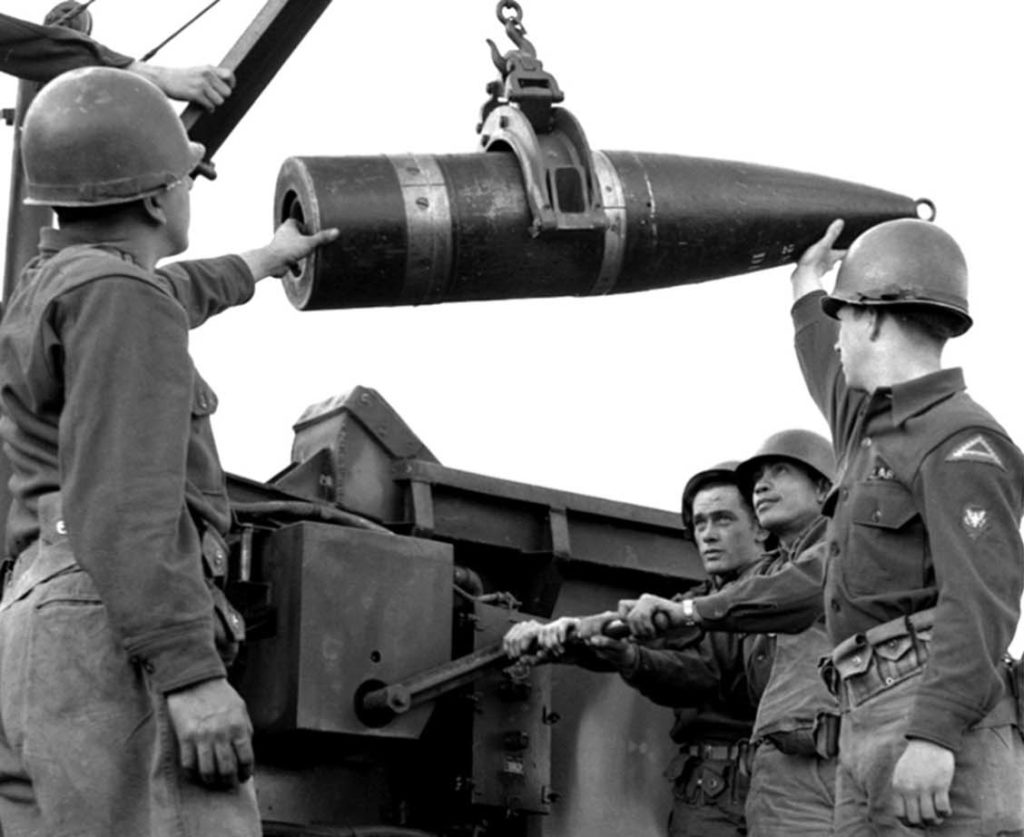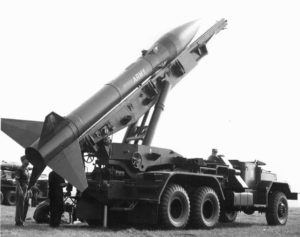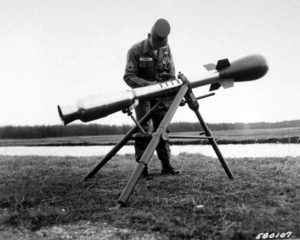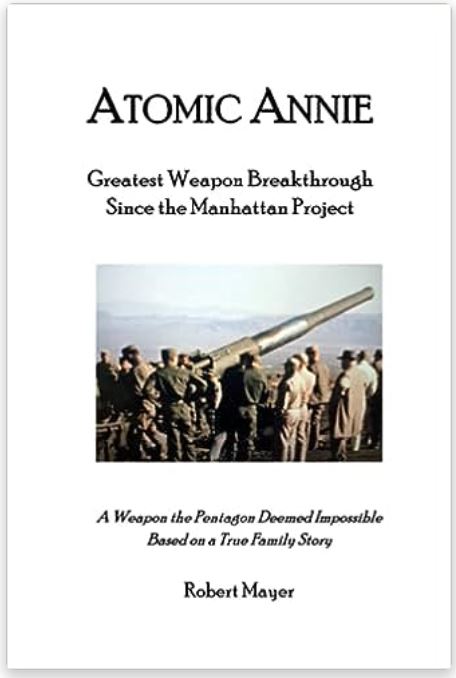Just had the honor of attending a celebration of Bernie Bernstein receiving the Congressional Gold Medal at Harper College in Schaumburg. Bernie served in the European Theater of Operations (ETO) in the 23rd Special Headquarter Troops commonly called the Ghost Army of World War II.

In this photo Bernie, who was a spy, is 99 years old and is in the center. To the left is Rick Beyer, the President of The Ghost Army Legacy Project (ghostarmylegacyproject.org). Rick spearheaded the drive to honor these men that served in the top secret ghost army, and were never recognized for their service. The Ghost Army first contingent arrived on Omaha Beach on D-Day+8 days and trained for more than 21 deception operations. They supported Generals Patton, Montgomery, and Bradley while logging many miles in France, Belgium, Luxembourg, and Germany. Their most successful deception for which General “Hood” Simpson wrote a letter of commendation to Army Headquarters was in aiding the crossing of the Rhine by his 9th Army. Decoying the Nazi’s to move 35,000 enemy troops to the southern sector while General Simpson crossed in the north-virtually unopposed, with only 32 casualties. During this deception, utilizing acoustic, radio, camouflage, and “loose lips” in pubs, the 1100 Ghost Army GI’s appeared to be 2 divisions of 30,000. The playacting the Ghost Army utilized, or “loose lips” in local pubs, was improvised during the war as the Nazi’s relied more and more on ground spies for information about where US & Allied troops would be positioned. About 1,000 “ghosts” on the frontlines of the Rhine, without weapons, truly did rely on their brains to beat the enemy, more than their brawn.
Bernie Bluestein told a couple of good stories about this deception. He was tasked with both sewing the fake 89th division patches on the shirts of his colluding GIs, and washing and painting the 89th division markings on the jeeps.
It was a wonderful ceremony at Harper College with speeches from among many delegates of both IL Senators Duckworth and Durbin, as well as Congressman Krishnamoorthi, Harper College President Avis Proctor, Rick Beyer as well as Bernie’s son Keith.

